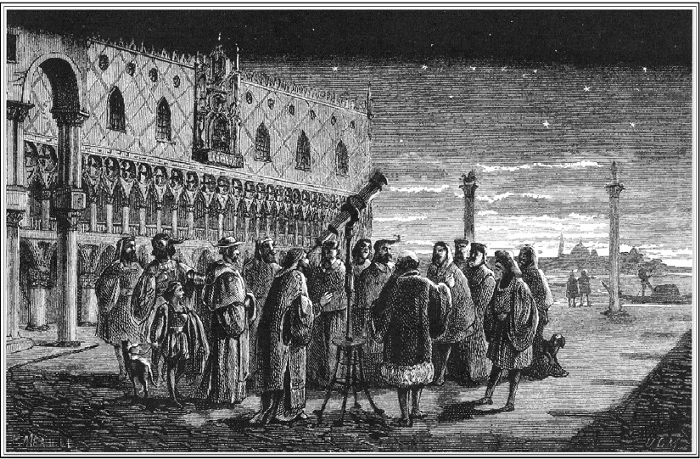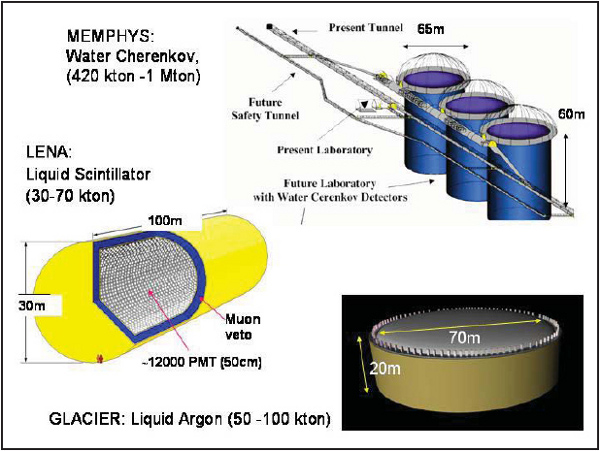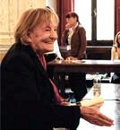Director's Corner
2 April 2009
 Barry Barish |
Neutrinos in Venice
Last month I had the pleasure of participating in the "XIII International Workshop on Neutrino Telescopes" at the "Istituto Veneto di Scienze, Lettere ed Arti" in Venice Italy. This workshop, inspired and run by Professor Milla Baldo Ceolin (Padova University), has become an institution in neutrino physics. The meeting is based on review talks followed by extensive discussions and the programme broadly covers topics related to neutrino physics, astrophysics and cosmology, singling out the most interesting current results and problems. This year’s meeting was especially interesting to me in how it demonstrated the relationships between accelerator and non-accelerator physics and how much closer astrophysics is becoming to particle physics.
Large "neutrino telescopes," like the Sudbury Neutrino Observatory SNO, KamLAND and Super-Kamiokande have given us a new window to explore the universe. At this meeting, we also had presentations of the new generation of telescopes like ICECUBE, Baikal and ANTARES, as well as presentations of future plans for water-Cherenkov "Megatonne" (one million metric tonnes) detectors. It was very appropriate that the opening talk was given by Albert Van Helden (University of Utrecht) who reviewed the development and evolution of Galileo's telescopes, a central part of the scientific revolution of the seventeenth century. Although the convex and concave lenses were introduced centuries before, glass had become reasonably cheap and grinding and polishing highly developed by the time of Galileo. At that time, the main application was for lenses for eye glasses, for example magnifying lenses to correct presbyobia or the loss of ability to focus on nearby objects that comes with age, and by Galileo's time concave lenses to correct for myopia or near-sightedness had also been developed. So, all the technologies needed to develop a telescope were in place and in 1608 the first telescopes were made in the Netherlands, and several other early telescopes followed. But it was Galileo who made and demonstrated the potential of a telescope when he built a series of telescopes in 1609, culminating in a twenty-power instrument that viewed the Moon and discovered four satellites of Jupiter.
At the Venice meeting exactly four centuries later, we could witness the beginning development and evolution towards a very different kind of telescope, one that observes neutrinos from the sky. The first observations of neutrinos from astronomical objects were from the supernova 1987a. The associated neutrinos from the collapse of the star were observed in the Kamiokande detector in Japan and in the IMB detector in the US. Both instruments were built primarily to search for proton decay, but had the capability to detect low-energy neutrinos from a stellar collapse in or nearby or galaxy. Since that time, studies of neutrinos from our own Sun have become a rich subject leading to the discovery of neutrino oscillations and implying that the neutrino has finite mass. In the future, the large instruments discussed at the Venice meeting have the promise of developing a completely new kind of astronomy, one using neutrinos instead of electromagnetic radiation.
Interestingly, the discovery of neutrino oscillations has inspired a new variety of accelerator experiments, where the neutrinos are created from intense proton beams in a particle accelerator and are detected at great distances in very large detectors. Presently the MINOS experiment (Fermilab to the Soudan Mine in Minnesota) and the OPERA detector (CERN to the Gran Sasso Laboratory in Italy) are studying oscillations first observed in atmospheric neutrinos. Much larger-scale devices using very intense proton beams are being planned for the future. We heard about many of these ideas at the Venice meeting, as well as the associated projects and plans for accelerators and beams, for example at J-PARC or Fermilab. Some of the developments, for example towards Project X at Fermilab, have common technology with the ILC.
European planning for future experiments in neutrino physics and more generally in the emerging field of particle astrophysics was presented by Christian Spiering, DESY. He presented an ambitious road map developed through the ASPERA study for particle astrophysics in Europe. The report emphasises the need for cooperation within Europe and broader global collaboration to achieve the ambitious goals by using large scale detectors, since the number of interactions and the probability of proton decay scales linearly with the mass of the detector. The proposed programme includes dark matter searches using one-ton mass scale detectors, proton decay and low-energy neutrino astronomy, using 100-kiloton to 1-Megatonne scale detector, double beta decay experiments at a level that can distinguish whether the neutrino is its own antiparticle, a set of high-energy cosmic ray experiments with gamma rays, cosmic rays and neutrinos, and finally, a third-generation ground-based gravitational wave detector to follow Virgo and LIGO.
The three primary tools we use to study particle physics are proton-proton collisions (with the LHC), electron-positron collisions (ILC and CLIC) and neutrinos. Neutrino physics has been particularly productive in the past decade and the Neutrino conference organised by Milla Baldo Ceolin at Venice continues to be a very special informal venue helping to unify this important field. I look forward to participating again in the coming years.
-- Barry Barish


